The deck is stacked against our kids. The Seder starts late at night — often after a day where we are too busy to pay attention to them. Our kids haven’t eaten good meals throughout the day (burn your chametz! eat no matza!). They are overtired, a little bored and overwhelmed. Then we ask them to sit at a Seder table for hours on end with no food. Not a great plan. Here are a few ways to make a Seder super kid friendly:
The first thing we’re going to do is to create realistic expectations. The happiest people are the ones with the lowest of expectations (it’s researched!). That doesn’t mean we need to become pessimists. What we do need to become is someone who is genuinely happy and pleased even with the smallest victories. And we need to set a Seder table to help our kids succeed.
- Kids are hungry. (Also, kids who are hungry are crabby). Make sure that there is food throughout the day. We have a huge pot of chicken soup filled with chicken and veggies up all afternoon and we serve it (with rice!) up until Pesach. I also sometimes add small candy bags next to each young child’s seat. That way they have something to munch on until we get to dinner. I will also strategically place vegetable platters or vegetable centerpieces on the Seder table in case someone needs to munch on something.
- Choose a theme for Seder. This works wonderfully with younger kids. When our kids were little, one year we focused on animals in the story. We scattered wild animals around the table (I think I even hot glued plastic animals into one large centerpiece). One year we focused on life in Egypt. Kids researched Egypt, printed up pictures, prepared things to say about ancient Egypt (out kids were super young so “prepared things to say” was like a three minute affair).
- Find their talents. Kids who love Lego? Create the Seder table centerpiece using Lego. One year we were traveling so our Lego-obsessed son prepared four scenes from the Haggada from Lego. We had a “photo shoot” where we took pictures of each scene. He then set them up the night of Seder and led us through an exhibition of his photos. Kids who love to act? Have them create brief (emphasis on brief) skits throughout the night. We’ve had backyard photo shoots with the kids dressed up as characters from the Haggada, displayed on Seder night. The more your kids contribute to the Seder table or the experience, the more empowered and excited they are by the Seder.
- Post-its. My absolute go-to each Pesach season. Seder is a marathon not a sprint. And, as with marathons, there are always people on the side of the road, handing out water, cheering them on. Think of that job as our job throughout the Seder. We are encouraging our kids to be involved, to connect, to enjoy. My husband and I put Post-its throughout each kid’s Hagadda. We’re their cheerleaders. “You’re doing great” “only 20 more minutes until we eat” “Get ready, big song coming up next”. “Give me a smile so I know you’re still with us…” It is something personal to each kid, to show the that we are invested in their experience. As our kids get older, our post-its will often include questions: “Why do you think the passage was included?” “Which son do you think you relate to?”
- Curate a Pesach Museum. All the random projects your kids joyously bring home for the next week or two, save them. I created a laundry line (really just strung up a piece of string) across a dining room wall and then clipped all their pictures and crafts to it. I asked one of the kids to guide us through the Pesach Museum. For pieces you want to keep, mark down which child and which year the project was done in.
- Add a New Haggada to your family’s Haggada collection each year. Part of Seder is creating family tradition (we always do…). While your kids may not always remember the details of what you do each year (I was in for a rude awakening this morning when my daughter told me everything we did before she turned 12 remains hazy to her!), there is always the sense that we are investing our time and energy to creating a successful Seder.
- Seder Discovery Zone. Riding on the back of the success Children’s Museums and Discovery Zones have had in the past few years, open up your own Discovery Zone. One afternoon the week before the Seder set up a Seder plate and invite your kids to come touch everything on the plate and explain what each thing is. A Seder Plate is mysterious (slightly gross looking) and full of different textures and traditions. Spend 15 minutes introducing it to your kids before Seder.
- Chevruta Study. As part of my mantra of doing what works for you, one year we split up Maggid and created individualized text studies for each kid at the Seder. Each child was matched with a grown up at the Seder (grandparents! aunts! uncles! cousins!) and together they learned an age-appropriate part of the Haggada. I included two or three sources (depending on the age of the child) and guided questions. Then each kid shared their learning with the family.
- Makkot Scrap Book. I loved this project! I worked with one of my sons to scrap book the makkot. Armed with scrap book paper, stickers and all sorts of craft supplies, we spent a week making a scrap book with one page for each plague. It was adorable. It was a great parent-child project and he was SO proud to present it at the Seder. We pull it out every year.
- Place cards. They keep the kids busy the day of the Seder while they make beautiful (or well-intentioned) place cards. You control who sits where (separate feuding relatives!). On the back of each card, I add a question. In case the Seder veers off course I can easily bring it back by asking someone to read their question. Questions can include: Who is your favorite character in the Haggada? What advice would offer Moshe? If you had to add an 11th plague what would it be? Where are people suffering modern-day slavery? At times, I’ll also use the place cards to tell people when to help. I’ll just write the word: soup or dessert on the back of the card to let people know when I’d love their company in the kitchen.
- Find a Job for Every Child. As kids get older, they often think that their job is about bringing Divrei Torah to the table. And while that can be their job, I like to have them a bit more involved before the Seder. Have your standard charoset recipe and then ask a teen-aged child to research and find a new cool trendy or old foreign mysterious Charoset recipe to try this year. Have a teen direct the play or make the schedule or oversee the place cards. The more each kid does for the Seder, the more connected they feel.
- There will be melt downs. That’s ok. Find what works for your family and then go down that road (there will still be meltdowns). We find that we host a TON during the year but have realized that our quieter kids get lost in the shuffle in huge meals. We have started to make Seder an intimate family meal where we can focus exclusively on our kids.
- Rewards and bribes. Offer candy for a great question. Or prizes. One year I bought a small cardboard suitcase, decorated with hieroglyphics and claimed it was found on the banks of the Yam Suf, leftover from when the Jews left Egypt. I filled the suitcase with small prizes that we gave out when a kid asked a great question, sang a great song or just needed a fast pick me up.
- Accessorize. Everything on the table can be connected to the Seder. Have your kids make mosaic trivets in the shape of pyramids (wooden board, mosaic stones placed in a triangle formation), make the Matza cover, tie dye the pillow cases. Every small touch goes a long way.
- Breathe. This is the hardest piece of advice to give because it may seem impossible. So much goes in to preparing for Seder and it is hard to truly be present in the moment. At a certain point, it is okay to move from the planning stage to becoming an active participant in your family Seder.

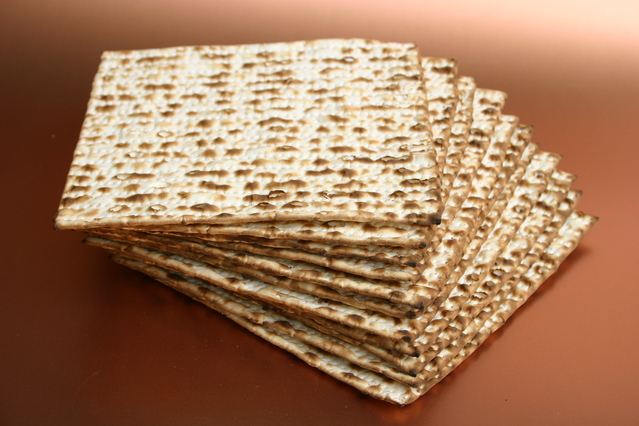

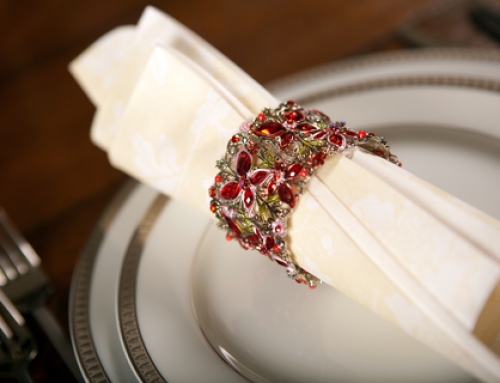
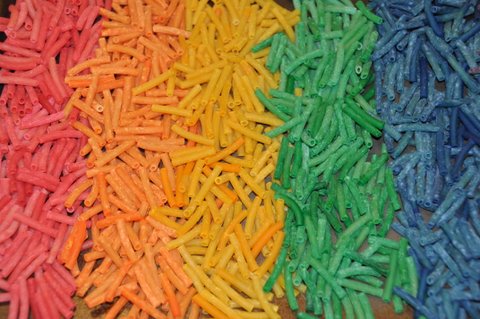
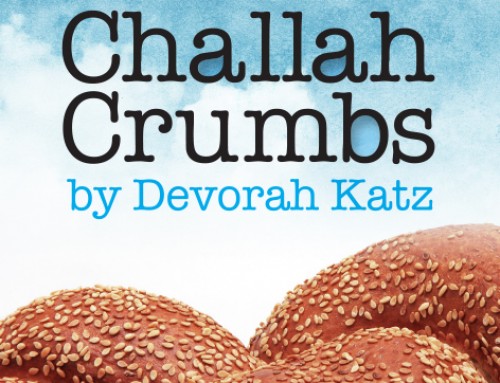
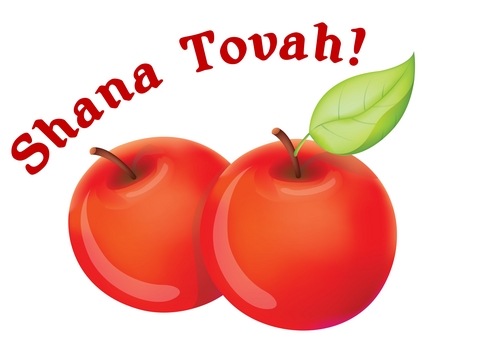
Leave A Comment